New reporting confirms that at least four undersea fiber optic cables have been damaged in the Red Sea during the ongoing Israel-Hamas war, as well as continuing escalations from the Houthis in Yemen throughout the region.
Undersea fiber optic cables account for about 97% of all internet traffic. While damages can happen, they remain rare.
Undersea Fiber Optic Cables Cut

According to telecom operators, at least four cables were apparently “cut.” These cables were SEACOM, TGN, Africa Asia Europe-One, and the Europe India Gateway.
Though telecommunications providers are aware that these cables were in some way damaged, there isn’t enough information for them to discover how these cables were damaged. Ongoing tensions in the Red Sea during various Middle East crises have led to these unknown factors.
Internet Traffic Is Already Affected

Telecom operators have already revealed that some of their internet traffic has been impacted by these four damaged fiber optic cables.
HGC Communications, which is located in Hong Kong, has stated that about 25% of their internet traffic has been affected. As a result, they are now rerouting this traffic through the United States and mainland China.
Where the Internet Has Been Impacted

So far, it appears these cable damages have mainly affected areas of Europe, the Middle East, and Asia. However, these telecom operators have mostly managed to reroute traffic.
There is a possibility that, thanks to these cut cables, the internet in these areas may become much slower. This already occurred in 2013 when an undersea cable was intentionally cut near Egypt, which resulted in internet speed falling by 60% in the region.
When Will the Cables Be Fixed?

So far, there has been no major movement to fix these undersea cables. The Red Sea, where the fiber optic cables are located, is the scene of major escalations between Yemeni Houthis and the United States.
Because of the instability of the region, many companies are not working to fix these cables quickly. SEACOM, one of the providers who has a cut cable, has stated that repairs would not happen until at least the second quarter of 2024.
Many Claims Have Gained Steam
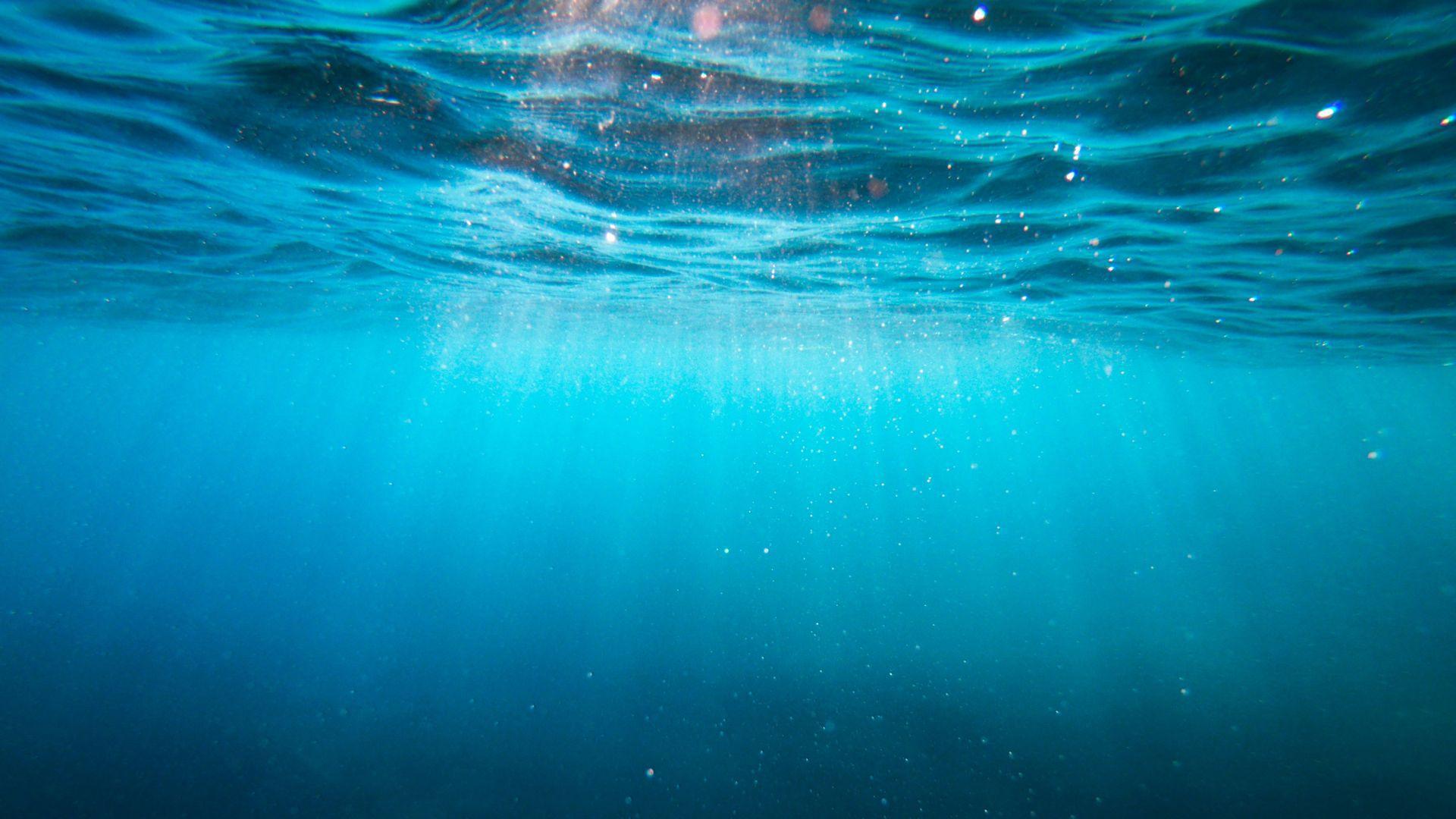
Various outlets have reported differing opinions on what’s going on with these four cut cables. The U.S. government, nor any other government, has commented on the cut cables — which may be why reporting has varied.
In extreme cases, some have reported that these cut Red Sea cables have already caused significant damage to global internet traffic — and that damage to internet traffic may continue.
How the Cables Became Damaged

So far, no telecom operators have come out to accurately explain how these cables were cut. For the most part, this may be because they honestly don’t know, thanks to the ongoing escalations in the Red Sea.
Some Israeli media is blaming the Houthis. However, other analysts believe the cables may have been damaged by the British cargo ship Rubymar’s sinking. The Houthis targeted this ship in February, though the ship drifted in the sea for days.
Rubymar’s Sinking
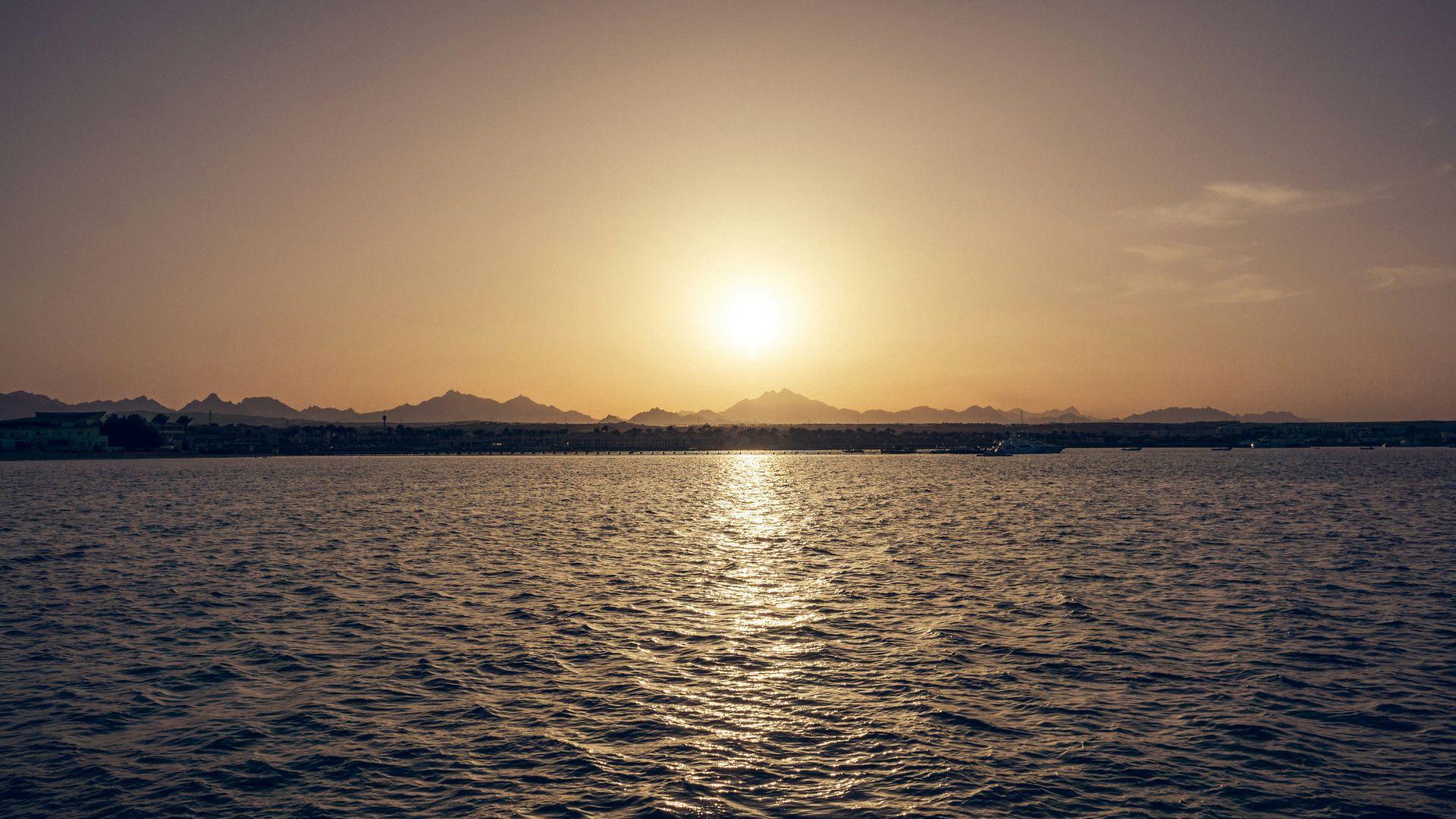
Rubymar took days to fully sink. As it drifted in the Red Sea, the ship could have dragged its anchor on the floor of the sea. Ultimately, it could have been the anchor that damaged the cables.
SEACOM agreed the sinking of Rubymar could have cut these cables. However, no confirmation of this theory has been made by any government or company.
The Houthis Deny Accusations
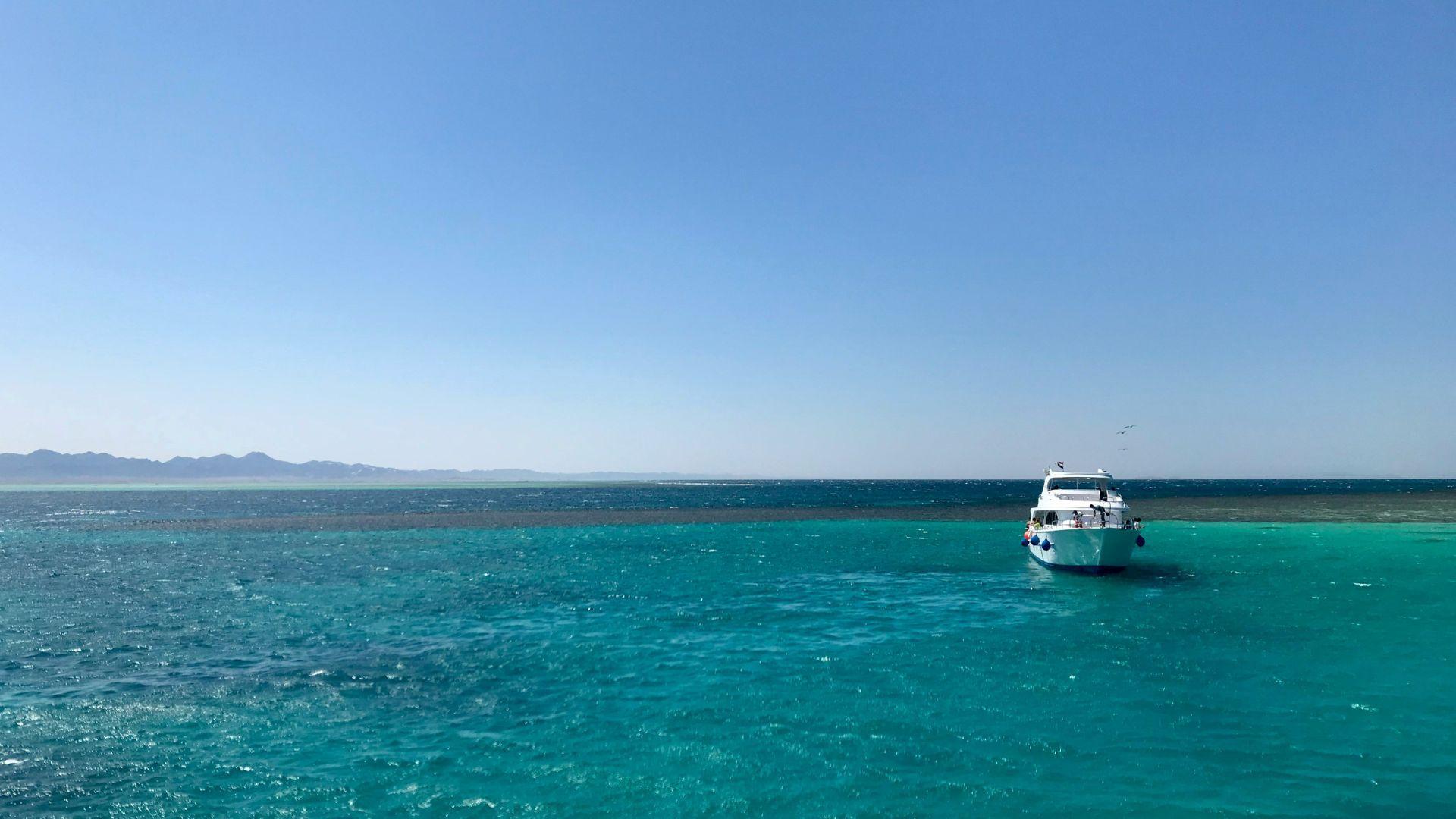
Though the Houthis were immediately targeted as the ones who cut these undersea cables, the Houthi rebels have denied all accusations that they are responsible.
In a press release, the Houthis stated they were “keen to keep all telecom submarine cables and its relevant service away from any possible risks.” The rebel group also said they would help ensure the cables were repaired.
Worries Over Undersea Cables Appeared Months Ago
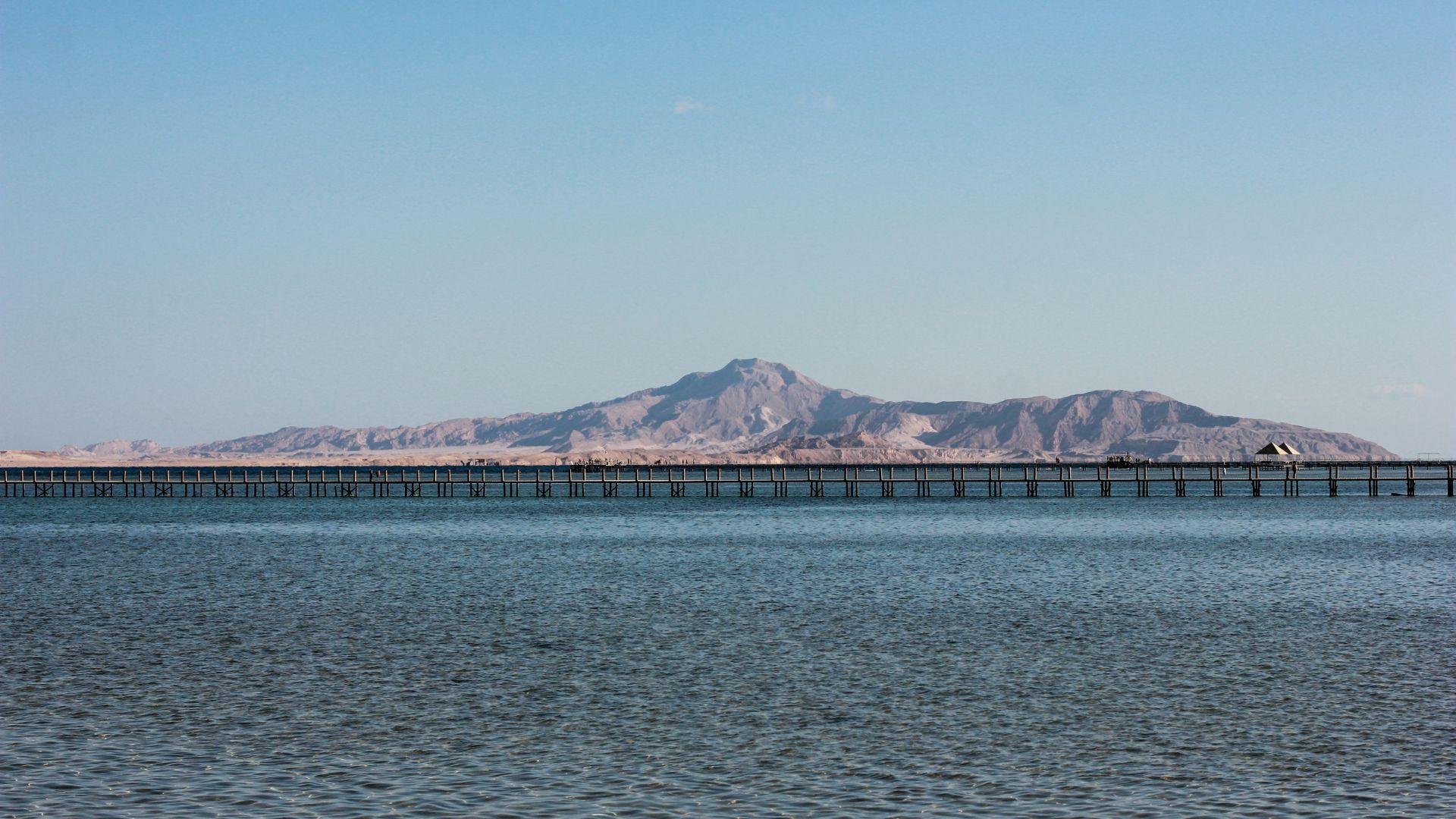
At least one month ago, worries that undersea cables could be cut were raised by Yemen’s UN-recognized government in Aden — the opposing government to Yemen’s Houthis.
The government in Aden warned the Houthis were threatening to cut internet lines that were undersea in the Red Sea. At the time, many stated the Houthis wouldn’t be able to do this, as only countries like the U.S. and Russia are thought to have the power to cut these cables that are deep below the sea’s surface.
Questions Remain
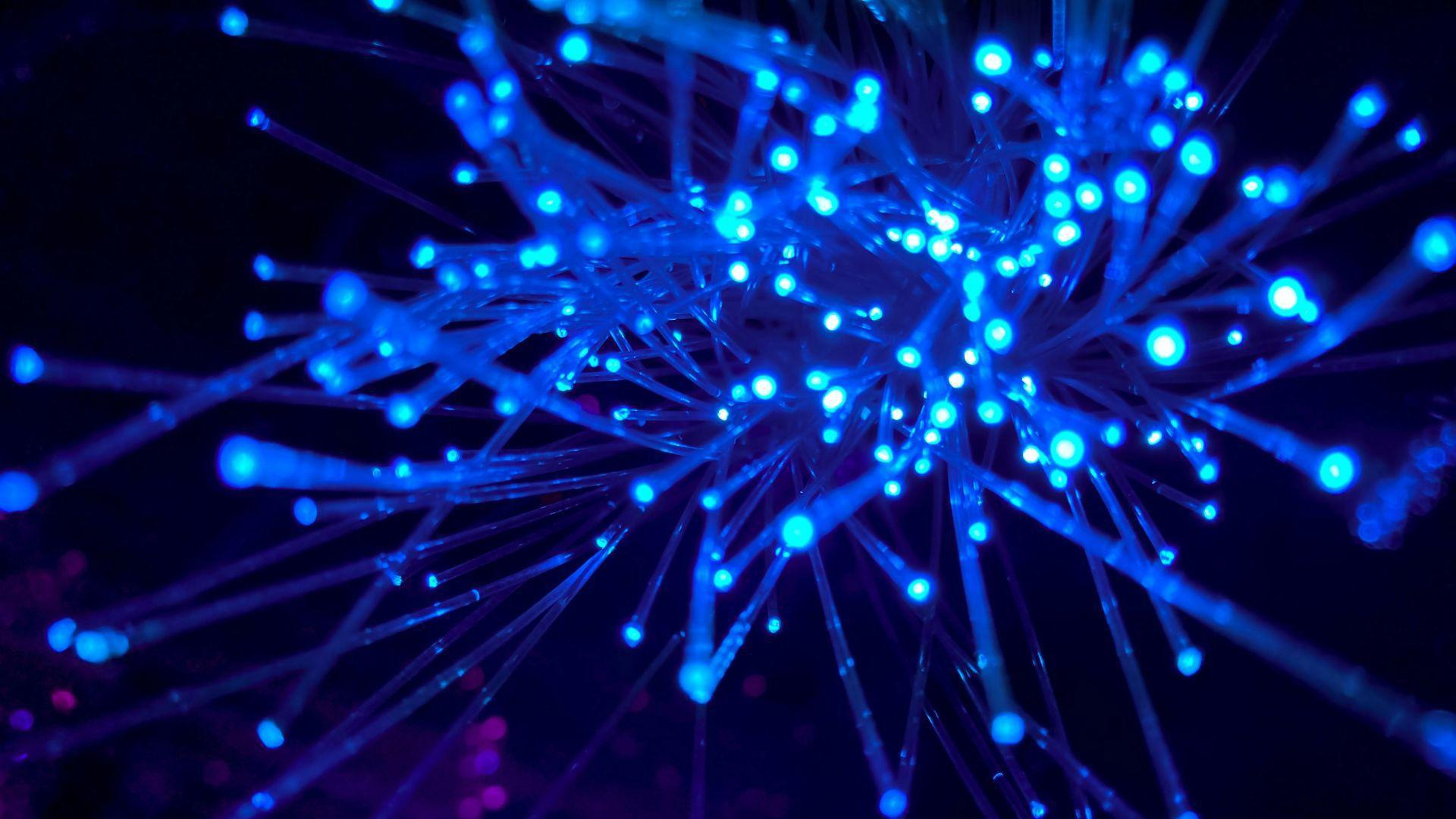
However, now that the cables have indeed been cut — only weeks after the Houthis apparently threatened that they would do this — many questions about how this happened remain.
Many analysts have also stated undersea fiber optic cables have become easy targets in war zones. This latest reporting seemingly confirms the worries many have over potentially damaged undersea cables.
Looking for Satellite Help

Already, telecommunication providers affected by these cable damages are reportedly looking to help the internet traffic that was impacted. To do this, they’ve turned to satellites.
Satellite operators have lent their internet connectivity to these providers to help reroute the traffic that was impacted. Down the line, this hybrid type of internet connectivity could lead to undersea cables and satellites working hand in hand.
